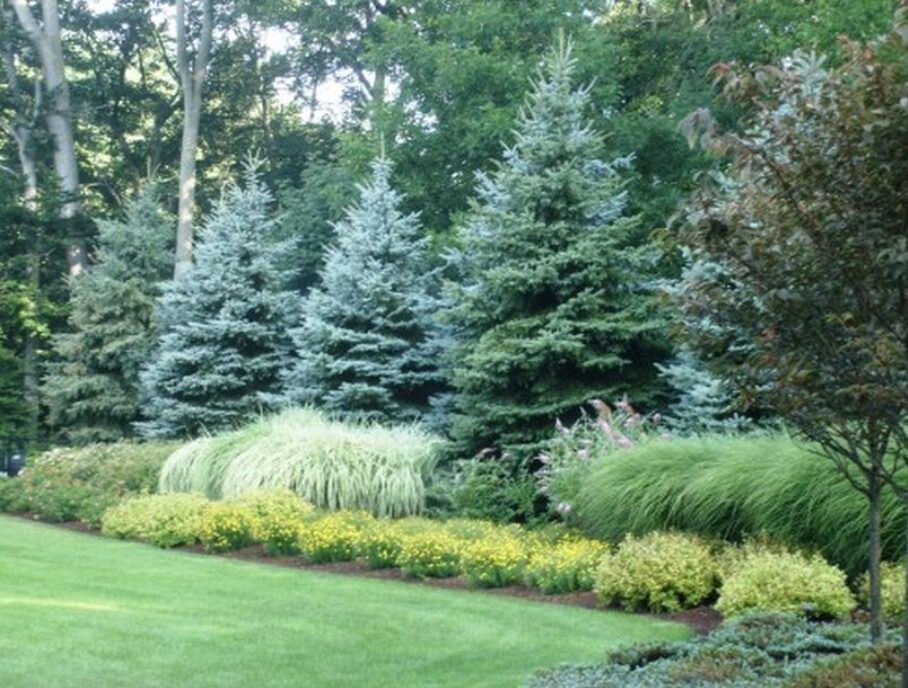Have you ever encountered a small green oasis in an unexpected location, such as a lush mini-forest hidden in a city corner or a vibrant pocket of vegetation in a suburban neighborhood?
Homeowners who embrace pocket forests enhance their properties and play a vital role in restoring natural habitats for a diverse range of plants and animals.
Intrigued? Let’s dig in…
What is a pocket forest?
According to Wikipedia, “a pocket forest is created by planting native trees and shrubs in close proximity as a means of rapidly restoring native plant species in damaged ecosystems.” This involves careful selection of native plants, preparation of the soil, and maintenance of the forest during its early stages of growth.
The concept was inspired by Japanese botanist Akira Miyawaki’s “Miyawaki Forests.” Environmentally minded people’s interest in pocket forests has led to the development of different pocket forest methodologies tailored to various climates and spatial constraints.
Pocket forests are typically planted on degraded or cleared land, such as abandoned lots, brownfields, or roadsides. However, the trend is growing among homeowners, regardless of where they live.
Pocket forests are designed to grow quickly and become self-sustaining ecosystems that provide several benefits, including:
- ⬥ Improved air and water quality
- ⬥ Reduced soil erosion
- ⬥ Increased wildlife habitat
- ⬥ Creation of cooling shade in urban areas
- ⬥ Sequestration of carbon dioxide
Residential Pocket Forests
The trend of adding pocket forests to residential properties is growing for many reasons, including:
Environmental Benefits
Homeowners are increasingly interested in sustainable landscaping practices.
Pocket forests can improve local ecology by attracting pollinators, providing habitat for birds and small animals, and filtering rainwater.
They can also help cool down homes and reduce energy bills.
Aesthetics
Pocket forests create a beautiful and naturalized space in a backyard. They can provide privacy, screening, and a more interesting view than a traditional lawn.
Space Efficiency
Pocket forests can be created even on small properties. They don’t require a huge footprint and can even be planted in layers with taller trees in the back and smaller shrubs in front. This adaptability makes them a feasible option for homeowners with limited space.
Low Maintenance
Once established, pocket forests require minimal maintenance compared to a traditional lawn. They shade the ground, reducing weed growth and requiring less watering as the native plants are adapted to the local climate. This long-term benefit makes them a sustainable investment for homeowners.
Community Building
Some neighborhoods work together to plant pocket forests in public or shared spaces, creating a more connected and environmentally friendly community.
This teamwork makes the neighborhood more beautiful and healthy and encourages everyone to care for the environment together.
Challenges of Pocket Forests
While there are many benefits, there are also some challenges to consider before planting a pocket forest.
These include planning, maintenance, long-term growth, and local regulations.
Consider each of the following aspects to ensure that your pocket forest is flourishing.:
- ⬥ Planning: Choosing the right native plants for your local ecosystem is crucial. Consult with a local nursery or arborist when choosing the plants you’ll use.
- ⬥ Maintenance: While low-maintenance, young trees might need some initial watering and care.
- ⬥ Long-Term Growth: Pocket forests are designed for dense growth, so choose plants that mature to sizes that will suit your space.
- ⬥ Local Regulations: Some areas might have regulations regarding tree planting or altering natural habitats, so check with your local authorities before starting.
Overall, adding pocket forests to properties is a positive trend and is growing in popularity. It’s a great way to contribute to a healthier environment while creating a beautiful and beneficial addition to your own space.
10 Cheap Landscaping Ideas That Won’t Bust Your Budget


